Assumption: I think it's generally true that commercially available AC/DC wall-worts can be expected to be pretty noisy (e.g. you can't count on much better than 5% stability).
Background: I'm dorking around with an RF application right now, and I hypothesize that some significant subset of my headaches is coming from powering my RF receiver with 5VDC coming directly from an AC/DC wall-wart (i.e. no RF choke, no regulator, nothing).
Question: What's the simplest way (e.g. fewest parts) and cheapest mechanism for converting the "angry" 5VDC off a wall-wort into a "happy" 5VDC for my RF receiver? I think the other subsystems are more tolerant to noisy power.
Aside: I wish I could give more definitive characterization of the noise coming out of the wall-wart, but sadly I am sans o-scope.
Edit1: In response to the request for more detail on parts being used:
